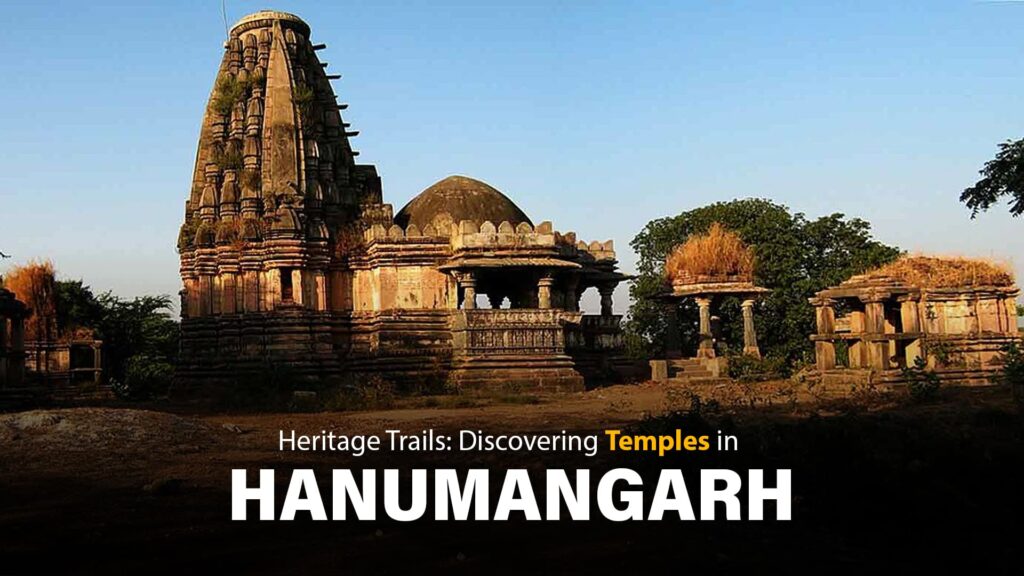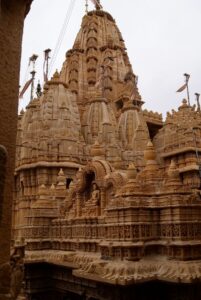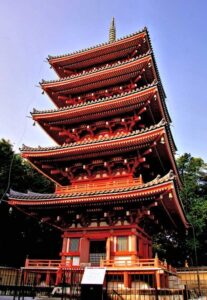Hanumangarh, located in the northern part of Rajasthan, India, is a historic city that boasts a rich cultural and historical heritage. Situated on the banks of the Ghaggar-Hakra River, Hanumangarh is known for its strategic location, which has attracted settlers and civilizations throughout history. The city serves as the administrative headquarters of the Hanumangarh district and holds immense significance in Rajasthan’s historical landscape.
Hanumangarh is steeped in history, with traces of ancient civilizations dating back thousands of years. The region has witnessed the rise and fall of various kingdoms, including the Indus Valley Civilization, the Mauryas, the Guptas, and the Rajputs. Each dynasty has left its imprint on the cultural tapestry of Hanumangarh, contributing to its diverse heritage.
The city is renowned for its archaeological sites, forts, temples, and monuments, which testify to its glorious past. Hanumangarh’s cultural heritage blends Rajputana traditions, folk music, dance forms, and architectural marvels that continue to captivate visitors and historians alike.
The Temples of Hanumangarh
Temples hold a special place in the hearts of the people of Hanumangarh, reflecting their deep-rooted religious beliefs and spiritual practices. These sacred sites serve as centers of worship, pilgrimage, and community gatherings, fostering a sense of devotion and reverence among the locals. Temples in Hanumangarh not only symbolize religious fervor but also serve as repositories of art, architecture, and cultural heritage.
The temples of Hanumangarh exhibit diverse architectural styles, reflecting the influences of different periods and dynasties that have ruled the region. Each temple showcases unique craftsmanship and design elements, from ancient temple complexes to intricately carved structures.
Some temples feature elaborate stone carvings, exquisite sculptures, and ornate domes, while others boast of intricate frescoes, paintings, and murals depicting mythological stories and religious motifs. The architectural styles range from Rajputana, Mughal, and Indo-Islamic influences to traditional Rajasthani designs, showcasing the cultural fusion that defines Hanumangarh’s temple architecture.
1. Bhatner Fort Temple
Located within the ancient Bhatner Fort, the Bhatner Fort Temple holds a unique position in Hanumangarh’s religious and historical landscape. The temple is a fine architectural marvel, with intricately carved pillars, domes, and facades that blend Rajput and Mughal influences. Devotees and visitors are greeted by a serene ambience as they approach the temple, making it a peaceful haven for spiritual contemplation. The Bhatner Fort Temple stands as a testimony to the resilient spirit of the region, having withstood the test of time and numerous historical upheavals.
The Bhatner Fort Temple holds historical significance as part of the Bhatner Fort, a strategic stronghold that witnessed numerous battles and rulers. The temple’s religious importance lies in its role as a sacred space within the fort, where devotees gather to offer prayers and participate in religious ceremonies. The amalgamation of history and spirituality makes Bhatner Fort Temple a must-visit destination for history enthusiasts and pilgrims alike.
2. Kalibangan Temple
The Kalibangan Temple, situated near the ancient archaeological site of Kalibangan, is an archaeological and spiritual gem. Dating back to the Indus Valley Civilization, this temple complex provides a glimpse into the religious practices of one of the world’s oldest civilizations. The temple’s design reflects the ancient inhabitants’ advanced urban planning and architectural prowess. With its courtyard, pillars, and sanctum sanctorum, the Kalibangan Temple stands as a living testament to the spiritual and cultural vibrancy of the bygone era.
The Kalibangan Temple is of immense archaeological importance, providing insights into the religious practices of the Indus Valley Civilization. As a key archaeological site, it contributes significantly to our understanding of ancient urban life, trade, and cultural expressions. The temple’s religious importance lies in its role as a place of worship for the ancient residents of Kalibangan, shedding light on their spiritual beliefs and rituals.
3. Shri Gogaji Temple
Shri Gogaji Temple, dedicated to the revered folk deity Gogaji, is a significant pilgrimage site in Hanumangarh. The temple attracts devotees from far and wide who come to seek blessings and pay homage to Gogaji, believed to be a guardian of cattle and a symbol of valor. The temple complex exudes a vibrant atmosphere during festivals, with colorful processions and traditional music filling the air. The architectural grandeur of Shri Gogaji Temple, adorned with intricate carvings and vibrant decorations, mirrors the region’s cultural richness.
Shri Gogaji Temple holds religious importance as a revered pilgrimage site dedicated to Gogaji, a deity deeply rooted in folk traditions. The temple is a focal point for the local community, fostering a sense of cultural identity and shared spirituality. Devotees believe that seeking blessings at Shri Gogaji Temple brings protection, prosperity, and well-being, making it an integral part of the religious fabric of Hanumangarh.
These temples contribute to Hanumangarh’s cultural heritage by encapsulating the historical and religious essence of the region, offering a profound and enriching experience for those who explore them.
Festivals and Events Celebrated in and Around Hanumangarh Temples
Hanumangarh is known for its vibrant festival calendar, which reflects the cultural diversity and religious fervor of the region. Various festivals and events celebrated in and around the temples include
1. Shivratri
Celebrated with great zeal, Shivratri is dedicated to Lord Shiva and marks the convergence of devotees at Shiva temples across Hanumangarh. Special prayers, fasting, and rituals are observed throughout the day and night, culminating in elaborate worship ceremonies.
2. Navratri
Navratri, a nine-day festival dedicated to the worship of Goddess Durga, is celebrated with enthusiasm and devotion. Temples organize Navratri special pujas, kirtans (devotional songs), and Garba-Dandiya (traditional dances) events, creating a festive atmosphere of joy and spirituality.
3. Gogaji Fair
The Gogaji Fair, held at the Shri Gogaji Temple, is one of the most anticipated events in Hanumangarh. Devotees and pilgrims from neighboring regions gather to pay homage to Gogaji, participate in rituals, and witness colorful processions and cultural performances.
4. Diwali
Diwali, the festival of lights, is celebrated with immense fervor in Hanumangarh. Temples are adorned with decorative lights and diyas (oil lamps), and special prayers are offered to seek blessings for prosperity and well-being.
Hanumangarh Temples
The temples of Hanumangarh stand as living monuments to India’s rich cultural and religious heritage. They embody centuries of tradition, architectural brilliance, and spiritual devotion, serving as repositories of history and culture. From ancient architectural marvels to vibrant religious festivals, Hanumangarh temples play a vital role in preserving and perpetuating India’s diverse cultural legacy.
By experiencing the rituals, festivals, and traditions associated with Hanumangarh temples, tourists can better understand India’s cultural mosaic and forge meaningful connections with its people and heritage. Through responsible tourism and cultural exchange, visitors can contribute to preserving and promoting Hanumangarh’s cultural legacy for generations to come.



